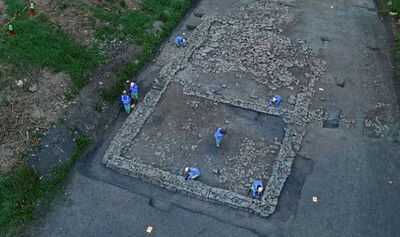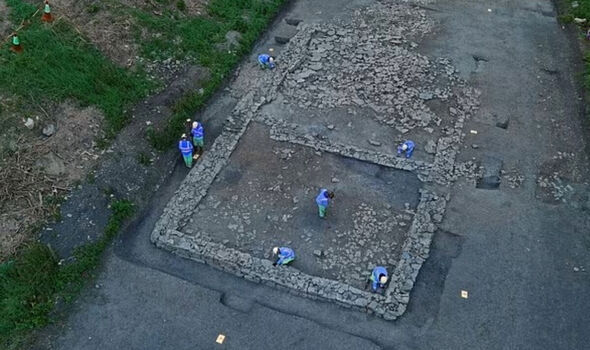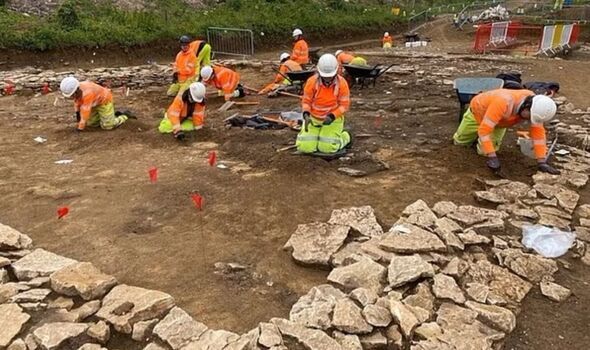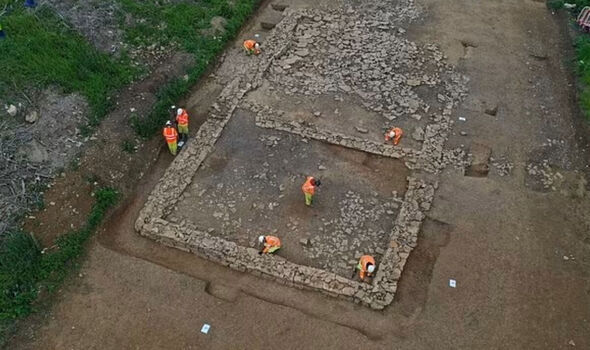

The first UK motorway service station opened on November 2, 1959, on the M1 motorway at Watford Gap.
However, according to a new discovery, service stations were being used all the way back some 2,000 years ago by the .
Researchers came to this conclusion after the interesting discovery located by the A147 in the .
It found that this type of service likely occurred between the second and fourth centuries AD as travellers made their pit stops to refuel and replenish during their long journeys.
The discovery also included remains of primitive Roman ovens, further suggesting these weary travellers were likely to have been fed bread, meat and snails during their stopover.

Located around five miles south of Cheltenham, the ancient Roman road linking Cirencester and Gloucester, was home to this ancient "service station".
The building itself was likely near Ermin Street with this ancient service station being referred to as mutatio, which means "change" and the Latin term for a horse-changing station.
Alongside the Romans being fed in one room of this "simple" and "compact" building, the discovery of another room indicates that it was used for horses.
Researchers came to this conclusion after discovering evidence in the separate room of bridles and harnesses while the other room contained personal effects including quernstone, used for producing flour, and the remains of ovens.

This interesting ancient settlement was uncovered by Oxford Cotswold Archaeology, with project manager, Alex Thompson, saying this discovery had "exceeded all expectations".
Speaking to , Mr Thompson said: "The Romans can claim credit for lots of things, and they probably invented the formal idea of a 'service station', at least in Europe."
This discovery comes after archaeologists completed their two-year project, with this find proving to be an unearthed forerunner of the site.
Mr Thompson said: "We think that our settlement was being used to help with people that were travelling along the road and probably something to do with horses.
"[It] may have been used as stabling or potentially as somewhere where you could stay the night and have your horse looked after."
During the Roman expansion into Britain, Gloucestershire sat at the forefront following their invasion in AD 43.
After the Romans invaded the UK, a network of roads were quickly built, later establishing large settlements in Cirencester.
Cirencester, or "Corinium Dobunnorum" as the Romans would've called it, became Britain's second-largest Roman settlement after London, complete with its own Roman amphitheatre.
Gloucester, or "Glevum", was used as an integral military centre by the Romans.